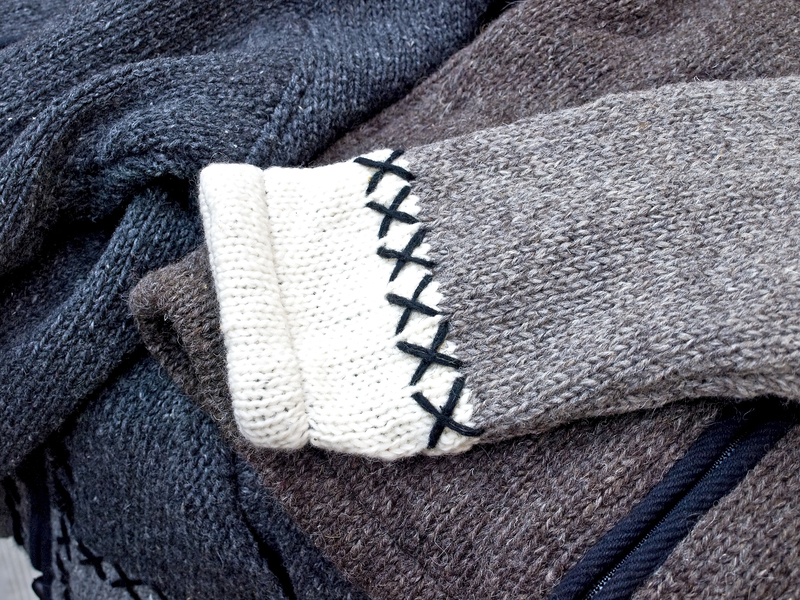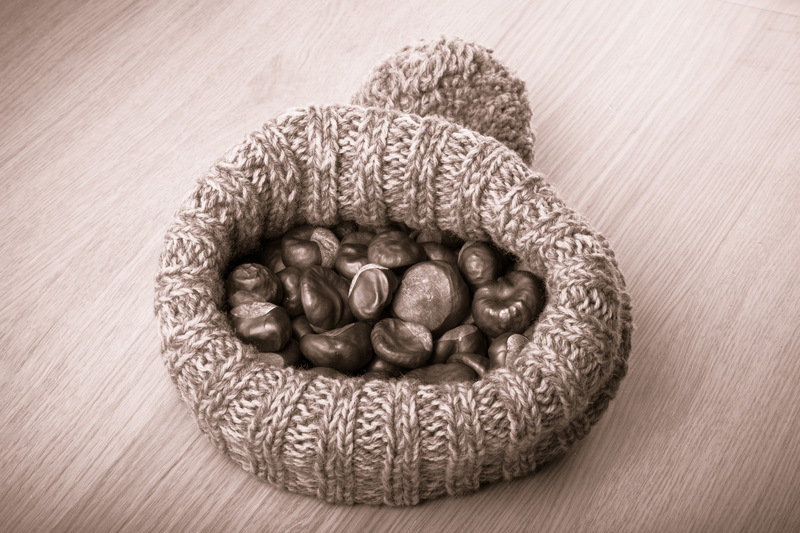Disposing of Pots and Pans Without Harming the Environment: A Complete Guide
Are you wondering what to do with your old, damaged, or unused kitchen cookware? If your pots and pans have seen better days, you might be tempted to toss them in the trash. However, disposing of pots and pans in an environmentally responsible way is crucial to minimizing landfill waste and reducing negative impacts on the planet.
This comprehensive guide will take you through a variety of sustainable methods to get rid of pots and pans without causing environmental harm. Discover effective ways to recycle, donate, upcycle, and safely dispose of cookware, while fulfilling your responsibility to the earth.
Why Eco-Friendly Disposal of Pots and Pans Matters
Every year, millions of non-stick pans, stainless steel cookware, and old pots end up in landfills. These items are not biodegradable and can take centuries to break down. Some types, especially non-stick or Teflon-coated pans, contain chemicals that pose additional environmental risks.
- Landfill Overload: Metal and coated cookware take up valuable landfill space and contribute to metal waste.
- Chemical Hazards: Certain coatings release toxins as they degrade, contaminating soil and water.
- Resource Waste: Metal, when not recycled, means more mining and energy spent on new materials.
Choosing eco-friendly disposal methods for your old pots and pans is an actionable step in reducing your carbon footprint and supporting a more sustainable world.

Options for Disposing of Pots and Pans Responsibly
Instead of throwing away your unwanted cookware, consider the following environmentally friendly options:
1. Donate Usable Pots and Pans
If your cookware is still functional, donation is the best first choice. Giving old pots and pans a second life helps others and keeps these items in circulation.
- Charity Shops and Thrift Stores: Most local organizations accept gently used cookware.
- Community Centers or Shelters: Some meal programs or transitional living shelters welcome donations.
- Online Marketplaces: Use platforms like Facebook Marketplace, Freecycle, or Craigslist. There may be someone in your community who can make use of them.
Tip: Clean and sanitize all items before donating and check with each organization for acceptance criteria.
2. Sell or Give Away Pots and Pans Online
Still in decent shape? Selling or gifting pots and pans online is a sustainable way to pass them on. List them as budget-friendly options for college students or new homeowners, or offer them for free in your local Buy Nothing group.
Popular Sites for Selling or Donating Used Cookware
- Facebook Marketplace
- Freecycle Network
- OfferUp
- eBay
- Nextdoor
3. Recycle Old Pots and Pans Properly
When your cookware is damaged beyond repair or donation, recycling is the next-best option. Recycling pots, pans, and cookware keeps metal out of landfills and puts valuable resources back into use.
What Materials Can Be Recycled?
- Stainless Steel
- Aluminum
- Cast Iron (without coatings)
However, non-stick and ceramic-coated cookware must be handled differently due to chemical coatings and canisters.
How to Recycle Cookware
- Scrap Metal Yards: Most metal recyclers accept bare pots and pans. Remove plastic, rubber handles, and lids as much as possible.
- Municipal Recycling Programs: Some curbside programs accept scrap metal, while others require drop-off.
- Household Waste Facilities: Many areas have special facilities for metals. Check local guidelines for directions.
Contact your city's recycling center for specific rules about cookware. Some facilities only accept certain metals or require removal of non-metal parts.
Special Note on Non-Stick and Teflon-Coated Pans
- Cannot be recycled curbside in most municipalities due to the coating
- Check for recycling programs by cookware manufacturers or specialty recycling initiatives
- If no recycling option exists, contact local waste management for safe disposal protocols
4. Upcycle or Repurpose Old Pots and Pans
Don't want to give up your favorite old skillet just yet? Upcycling is a creative way to keep pots and pans out of the trash and breathe new life into unwanted cookware. Here are some imaginative ideas:
- Planters: Turn deep pots or pans into unique indoor or outdoor plant holders
- Decorative Art: Paint, mosaic, or use them as canvases for wall art
- Storage Solutions: Organize tools, craft supplies, or kitchen utensils inside old cookware
- Bird Feeders: Repurpose smaller pans as rustic bird-feeding stations
- Wind Chimes: Use lids or pans for creative garden wind chimes
Let your imagination run wild--upcycling not only saves waste, it can add charm, functionality, and character to your home or garden.
5. Manufacturer Take-Back and Recycling Programs
Some cookware brands actively support sustainability by offering recycling or trade-in programs. Examples include:
- Terracycle: Partners with brands to accept hard-to-recycle items like non-stick pans in some locations.
- GreenPan: Offers a recycling scheme for old cookware when you purchase new products.
- Other Brands: Contact the manufacturer or check their website for any recycling or trade-in services.
Step-By-Step Guide to Eco-Friendly Disposal of Pots and Pans
- Sort Your Cookware: Separate by material (aluminum, steel, non-stick, cast iron, ceramic, etc.).
- Assess Condition: Decide if the item can be reused, donated, or must be recycled.
- Research Local Rules: Check your city's recycling policies for metals and special waste.
- Prepare for Recycling: Remove non-metal parts like plastic handles and glass lids, if possible.
- Explore Donation Centers: Call local organizations to confirm acceptance of used cookware.
- List for Sale or Donation Online: Use community forums and online platforms.
- Try Upcycling: Get creative and turn old pans into something useful or beautiful.
- Contact Manufacturers: Look for take-back or recycling initiatives.
Following these steps ensures you're disposing of your pots and pans in the most environmentally friendly way possible!
Frequently Asked Questions About Disposing of Pots and Pans
Can I Put Pots and Pans in My Recycling Bin?
Usually, no. Most municipal curbside programs don't accept cookware with coatings or non-metal parts. Always check with your local recycling program or use a local scrap metal yard.
Are Non-Stick Pans Hazardous in Landfills?
Yes, most non-stick coatings, including Teflon, break down slowly and can leach chemicals into soil and water, posing risks to the environment and wildlife.
What Happens If I Throw Cookware Into the Trash?
The cookware will likely end up in a landfill, where it will take hundreds of years to decompose. Metals and chemicals may contaminate the environment. This should always be the last resort.
Is There a Way to Reuse Non-Recyclable Cookware?
Yes! Upcycling or repurposing is a great alternative if recycling or donation isn't feasible. Use old pots or pans for storage, art, planters, or even as craft projects with kids.
Tips for Maintaining Cookware to Reduce Waste
The most sustainable way to minimize waste is to extend the life of your cookware. Proper care not only saves you money but also lessens environmental impact by reducing the need for frequent replacements.
- Use the Right Utensils: Avoid metal tools on non-stick surfaces to prevent scratches and damage.
- Avoid Abrasive Cleaners: Gentle cleaning prolongs the life of all cookware, especially coatings.
- Repair When Possible: Replace lost screws or repair handles rather than replacing the entire item.
- Proper Storage: Store pots and pans to avoid scratching or warping.
- Buy Quality: Durable materials like stainless steel and cast iron last decades with care.

Environmentally Friendly Alternatives to Traditional Pots and Pans
If you're looking to replace your cookware, opt for sustainable, eco-friendly, or recyclable materials to simplify disposal in the future:
- Stainless Steel: Long-lasting, fully recyclable.
- Cast Iron: Lifelong durability, minimal environmental impact.
- Uncoated Aluminum: Recyclable and lighter than most metals.
- Ceramic: Non-reactive and free from harmful chemicals; check for recyclable glaze.
- Carbon Steel: Naturally non-stick with seasoning, recyclable.
Choose brands with environmental commitments, recycled content, or trade-in schemes for old pots and pans.
Conclusion: Make a Difference By Disposing Responsibly
Disposing of pots and pans without harming the environment boils down to mindfulness and intention. Before you throw away that old skillet or scratched frying pan, think about donation, upcycling, or recycling options. Each responsible step you take saves natural resources, reduces landfill waste, and supports a greener, cleaner planet.
Your small actions, multiplied by millions of conscious consumers, will protect the planet for future generations. Choose the eco-friendly way to dispose of pots and pans--it matters now more than ever!
Quick Recap: Responsible Cookware Disposal Checklist
- Assess Condition
- Donate or Sell if Usable
- Recycle Metals Where Possible
- Upcycle Creatively
- Consult Local Waste Authorities for Safe Non-Stick Disposal
- Choose Sustainable Cookware for Future Purchases
For more information on eco-friendly kitchen practices and how to reduce household waste, stay tuned to our website!
